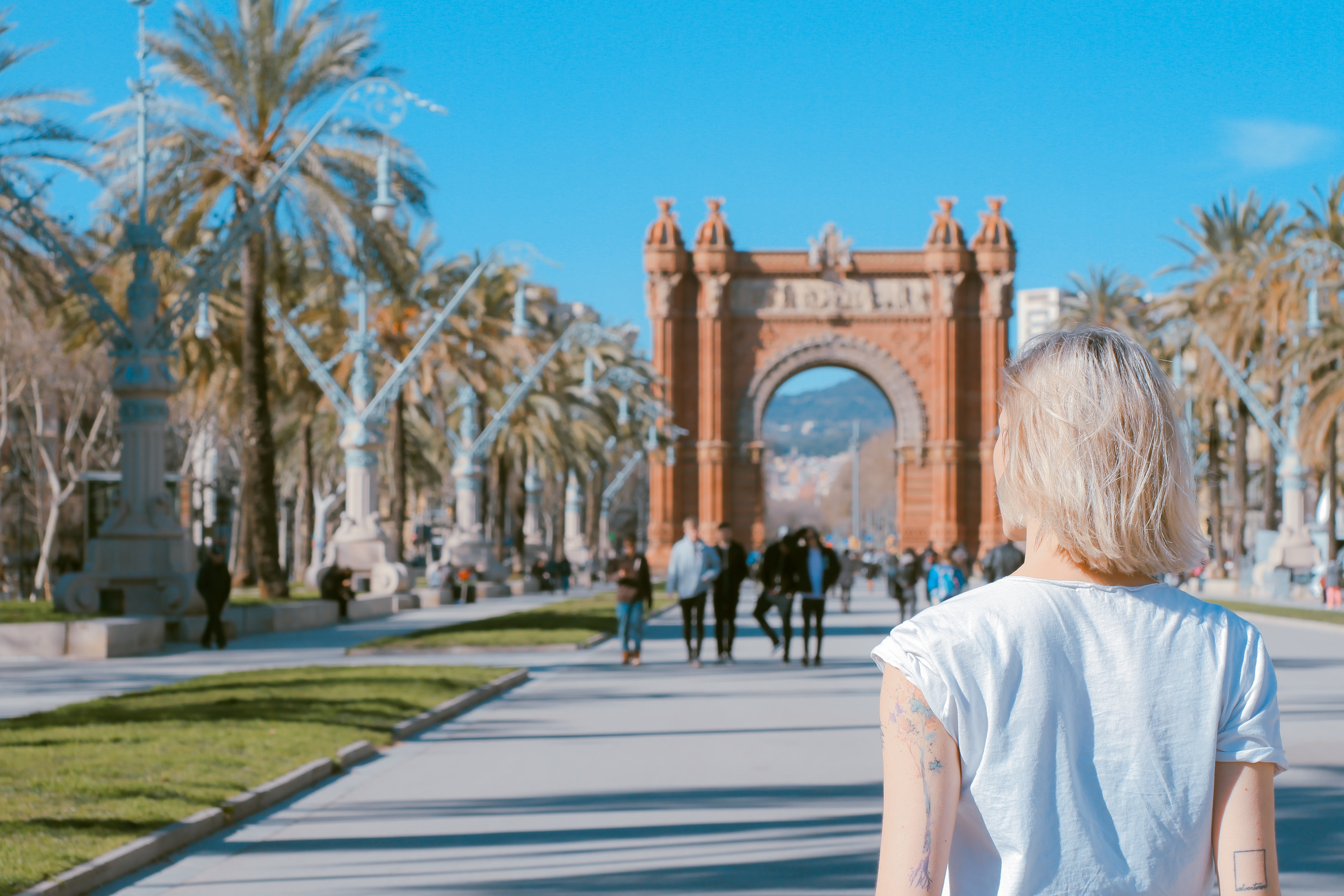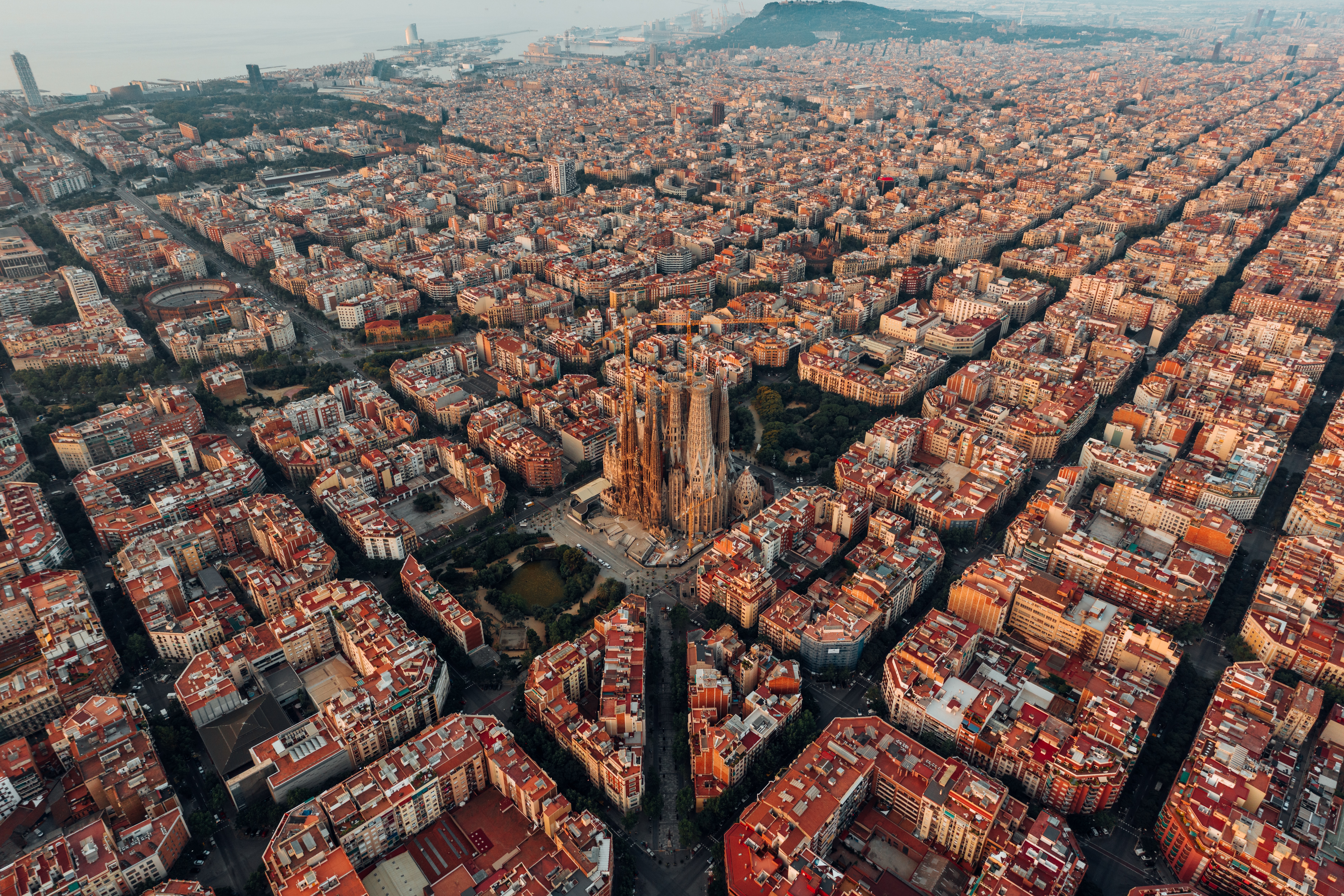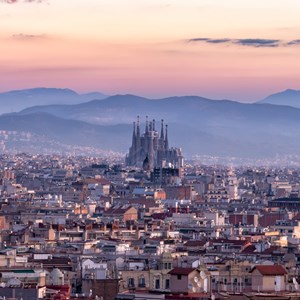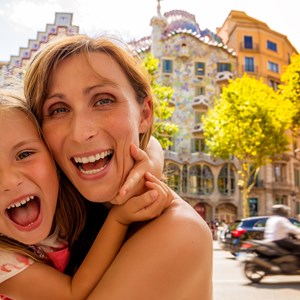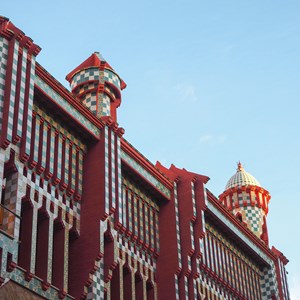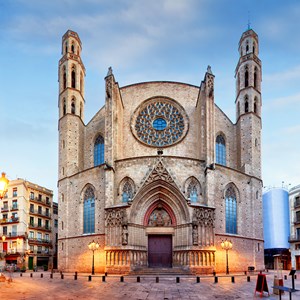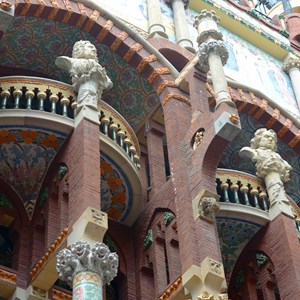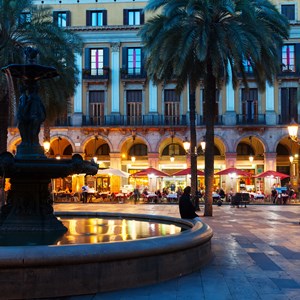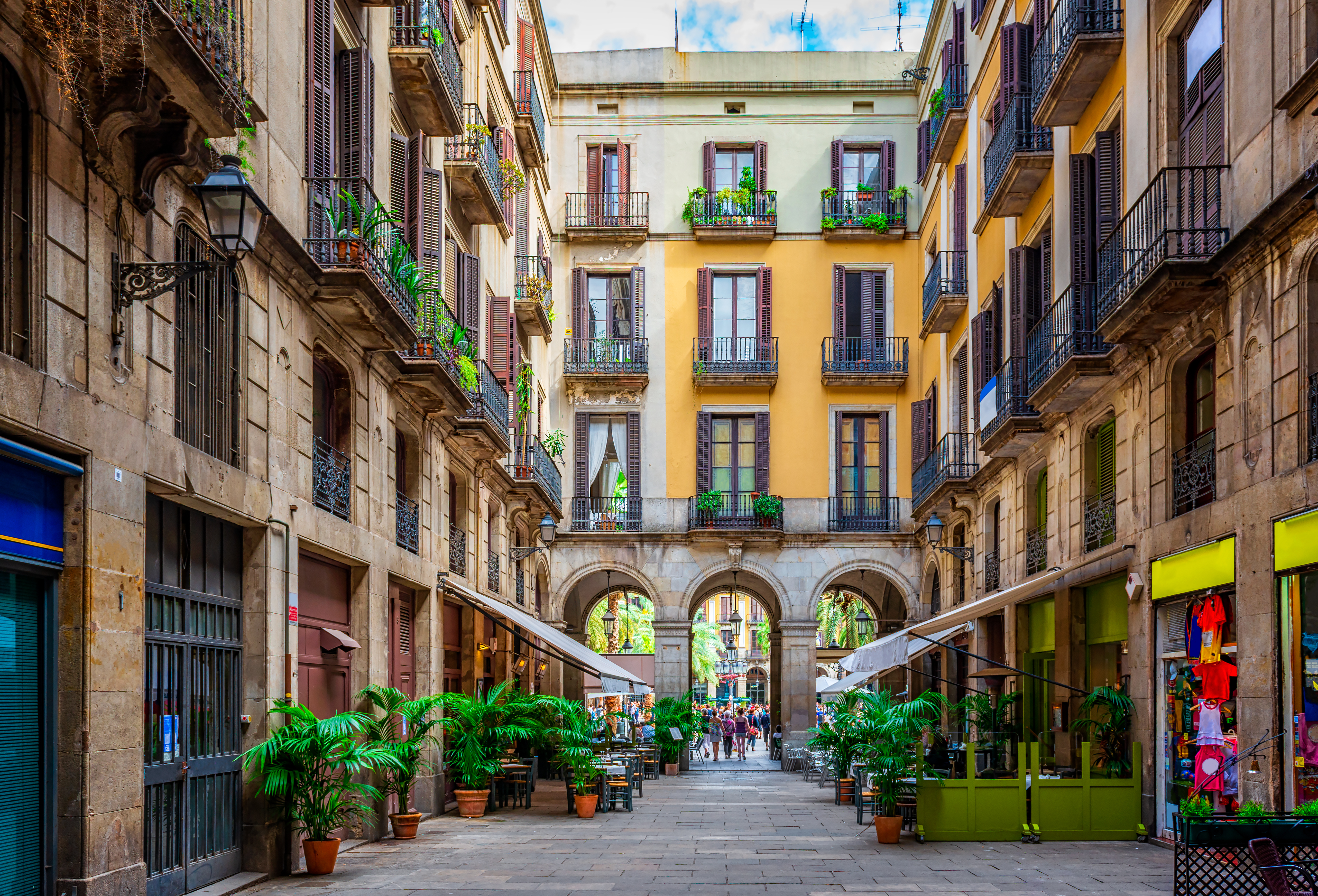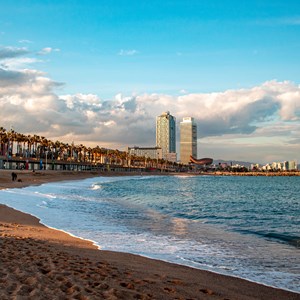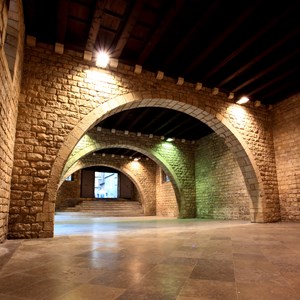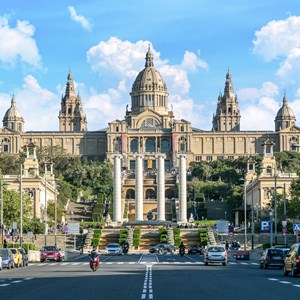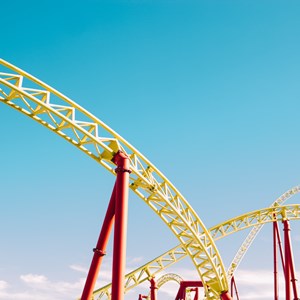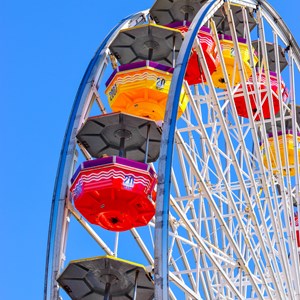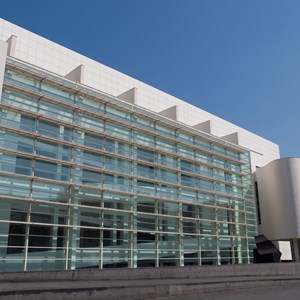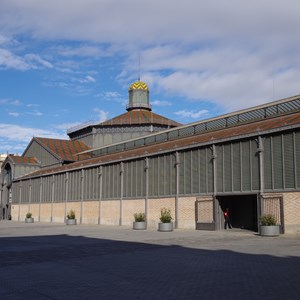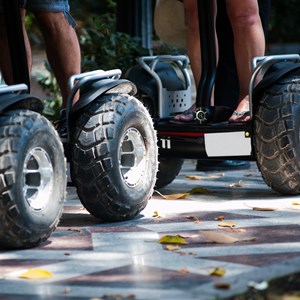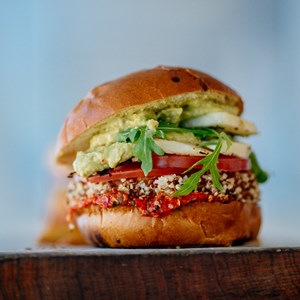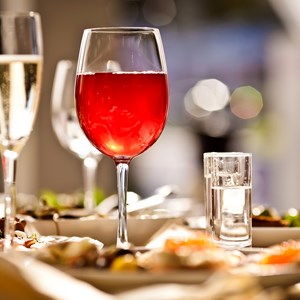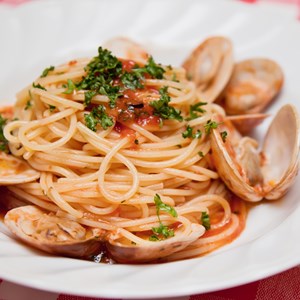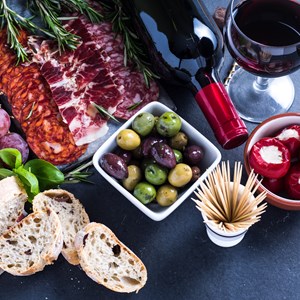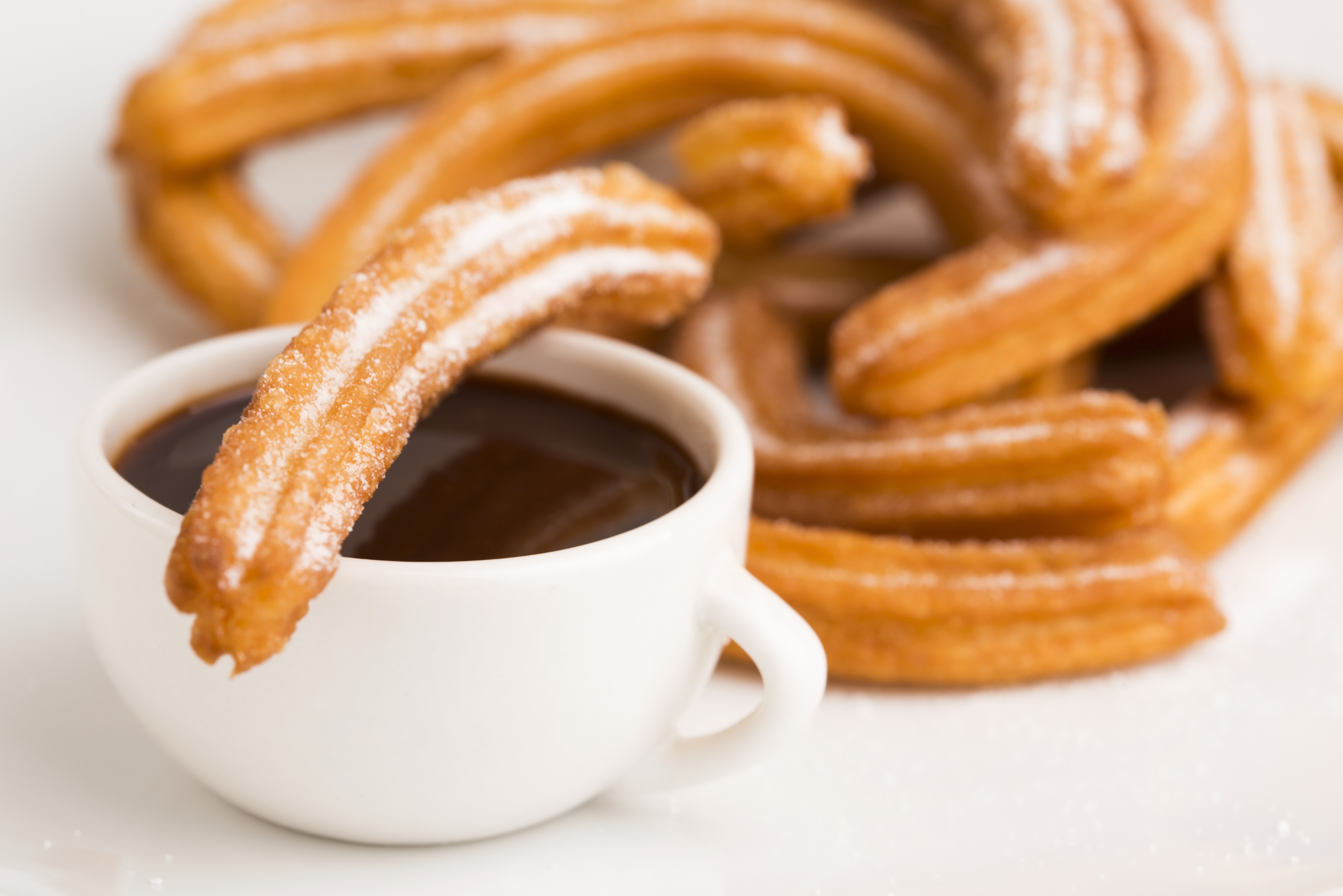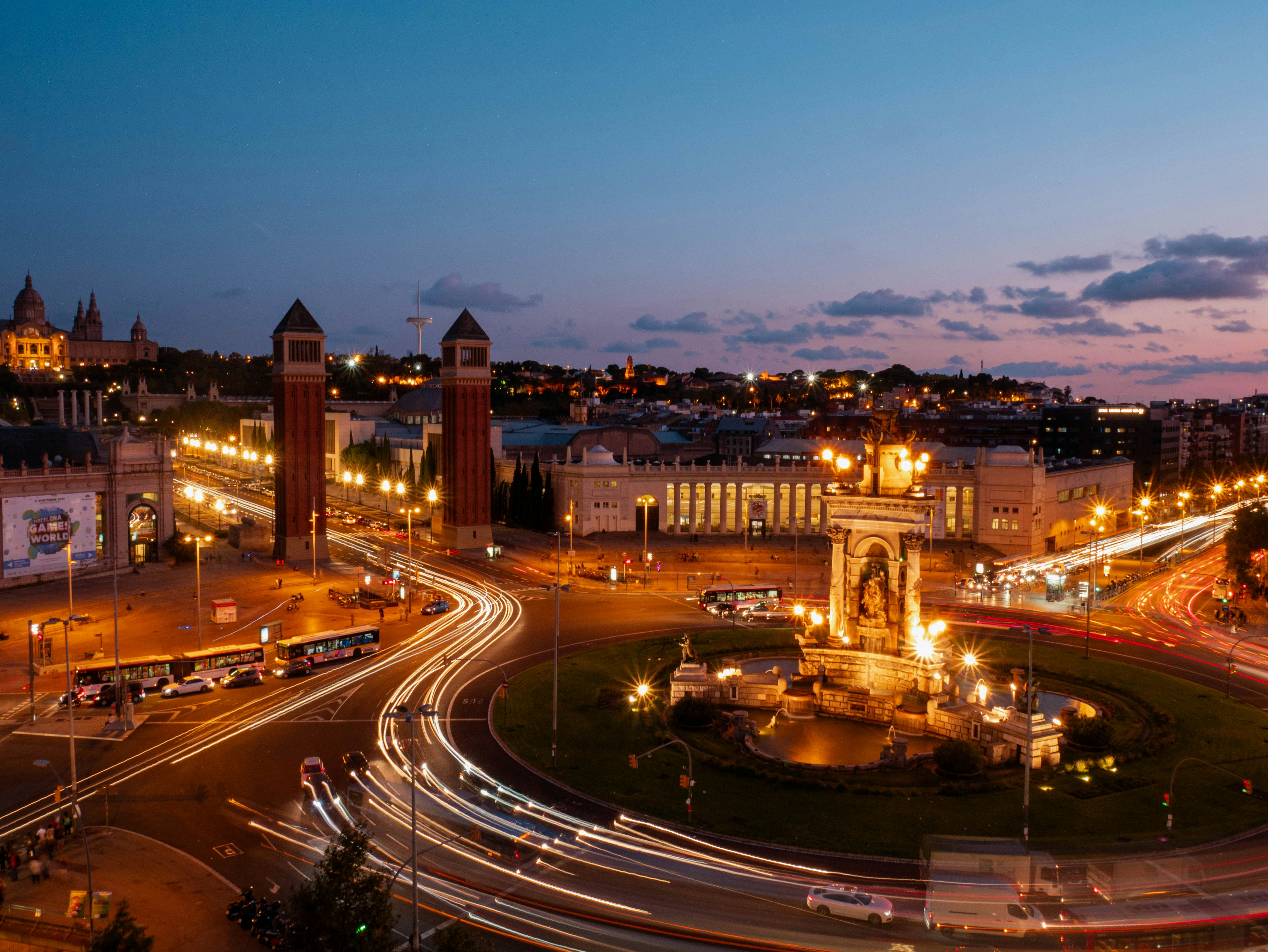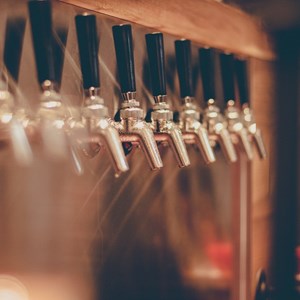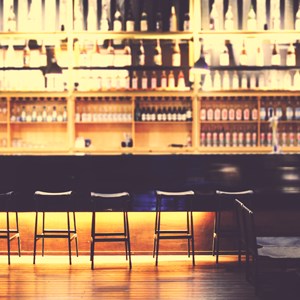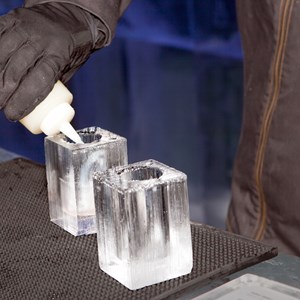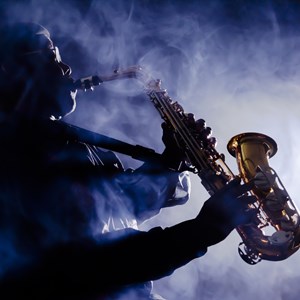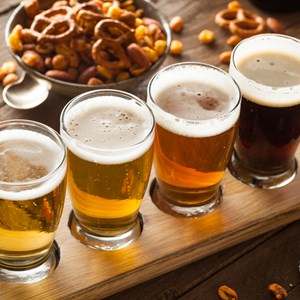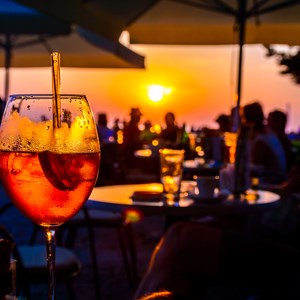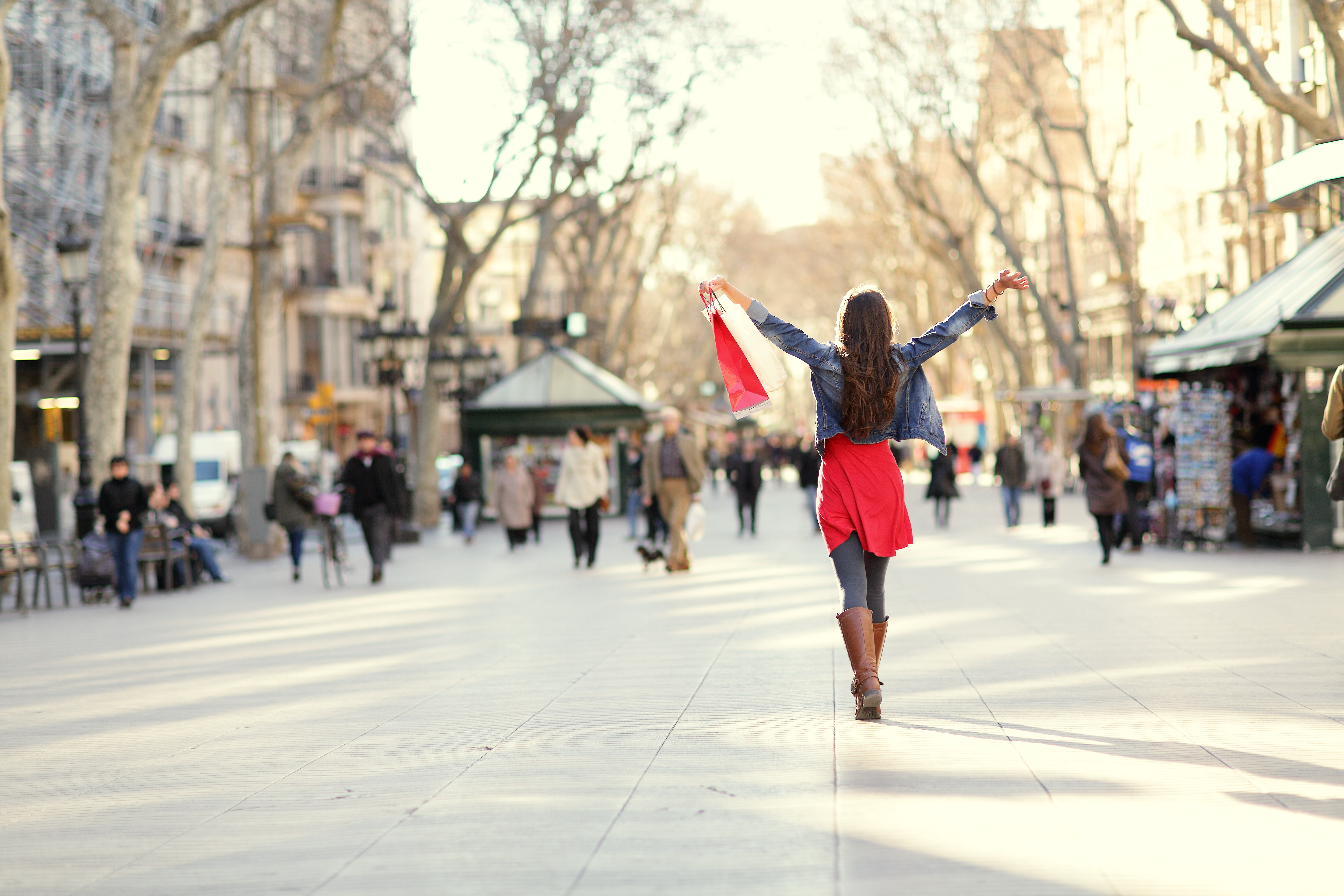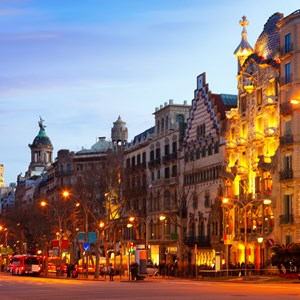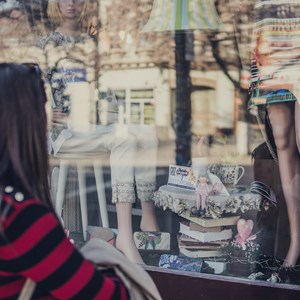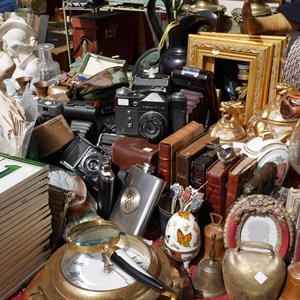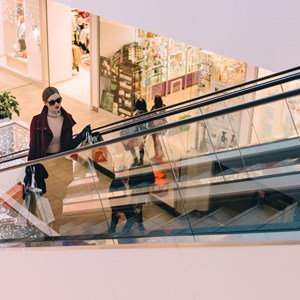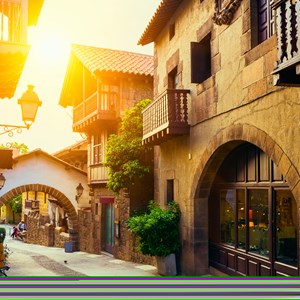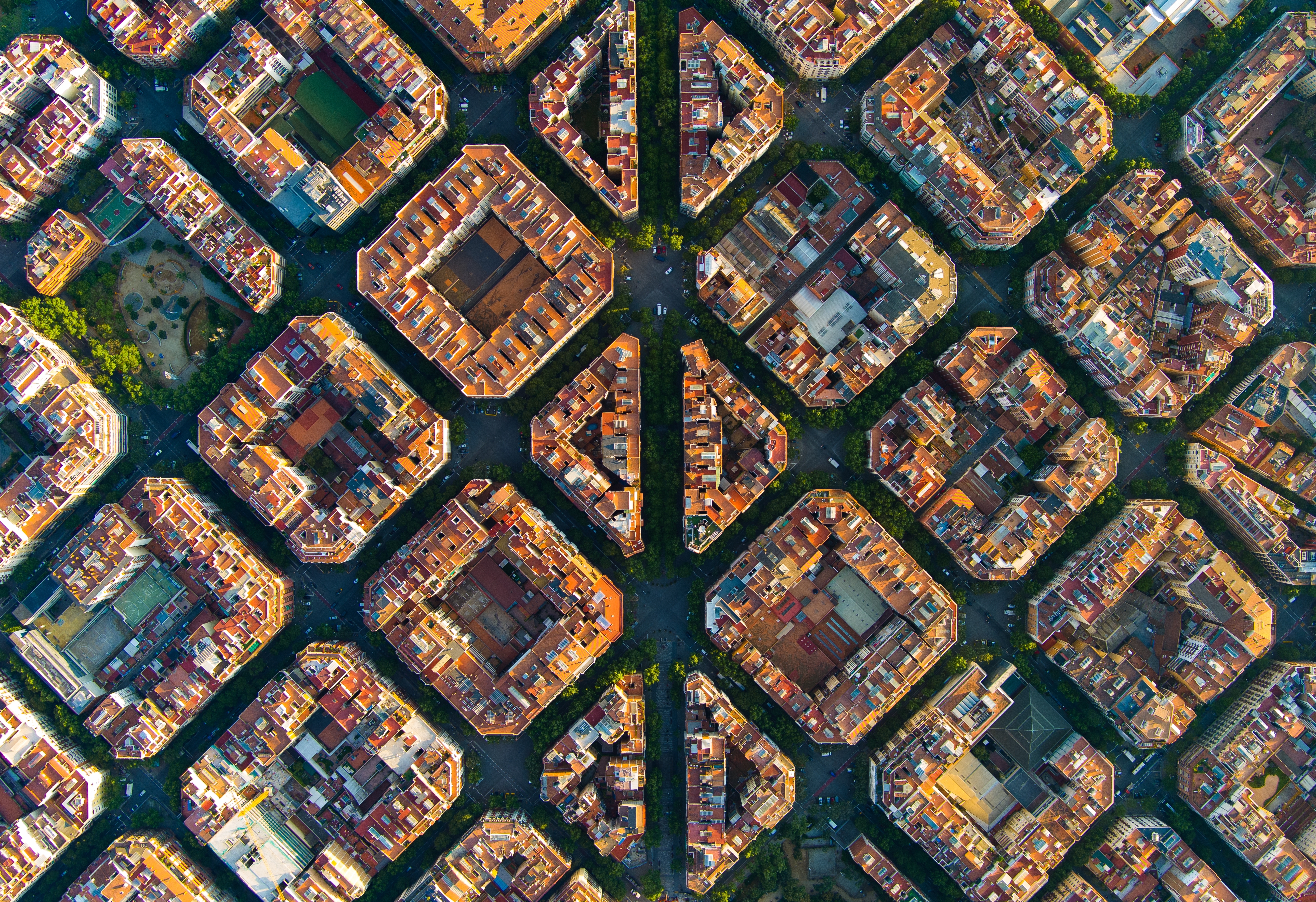

Impressive architecture and hip restaurants meet a sunny Spanish climate and beautiful beaches. This has transformed Barcelona, in just a few decades, from a rough port city into one of Europe's, if not the world's, premier destinations. Stroll along La Rambla and Passeig de Gràcia, admire Gaudí's masterpieces, lose yourself in the Gothic Quarter, bask in the sun at Barceloneta beach, and discover some of the city's vibrant late-night haunts while you're at it.
The City
Like many cities in the Mediterranean, Barcelona has ancient Roman roots. The original settlement, Barcino, was a small but strategic port located where the city's cathedral now stands. Unlike today’s bustling metropolis, Barcino was overshadowed by Tarragona, the provincial capital of Roman Hispania.
Over the centuries, Barcelona saw invasions by Visigoths and Moors, though their lasting impact was minor compared to the transformative influence of the Franks in the late 9th century. This marked the emergence of Barcelona – and Catalonia – as a distinct entity, setting it apart from the rest of Spain.
This uniqueness is most evident in the language. While Spanish (or Castilian) features many Arabic loanwords, Catalan reflects its ties to neighbouring Romance languages like French and Occitan. Catalan is not a dialect of Spanish but a language with its own identity, spoken proudly across Catalonia.
Barcelona’s layered history is visible throughout the city. The oldest areas are clustered by the sea, including the Gothic Quarter (Barri Gòtic), a maze of medieval streets with Roman foundations. Across the famous boulevard La Rambla lies El Raval, a neighbourhood once infamous for its red-light district and the city's 'Chinatown' (Barrio Chino). In the 1980s, Raval began shedding its rough reputation and is now a hub for trendy cafés, art galleries, and eclectic culture.
Further north, the Eixample district showcases Barcelona’s 19th-century urban expansion, with its strict grid, airy boulevards, and modernist architecture, including Gaudí’s unmistakable landmarks.
From narrow alleys to wide avenues, the city moves between centuries effortlessly, its streets, buildings, and plazas carrying traces of the past while buzzing with contemporary life.
Top 10 for Architecture Lovers
Barcelona is famous for its rich architectural heritage and is home to some of the most iconic and innovative buildings in the world. What sets the city's architecture apart is its masterful use of light and colour, combined with a focus on functionality and cutting-edge design.
One of Barcelona’s most renowned architectural movements is Catalan modernism (Modernisme), which flourished in the late 19th and early 20th centuries. Known for its organic forms, elaborate ornamentation, and bold integration of colour and light, Modernisme is epitomised in the works of Antoni Gaudí. Iconic landmarks such as the Sagrada Família, Casa Milà (La Pedrera), and Park Güell are enduring testaments to his creative genius.
Beyond Modernisme, Barcelona also showcases striking examples of modern and contemporary architecture. Structures like the former Hospital de la Santa Creu i Sant Pau by Lluís Domènech i Montaner, Norman Foster's Torre de Collserola, and Santiago Calatrava’s Torre Telefónica reflect the city’s ongoing embrace of cutting-edge materials, techniques, and design philosophies. These buildings underscore Barcelona's role as a hub of architectural innovation and creativity.
Do & See
Barcelona's impressive range of sights caters to all tastes. Whether you're an architect, a designer, a football fan, a historian, or even a city planner, there is something for everyone in the most self-assured city on the Mediterranean.
You can start your day by losing yourself in the narrow medieval streets of the Gothic Quarter, then take a stroll on La Rambla and Passeig de Gràcia, and why not enjoy the Mediterranean sun in one of the city's many stunning beaches?
Just be sure to visit some of Gaudí's masterpieces, including La Sagrada Familia, Casa Milà, Casa Batlló, and the mesmerising Park Güell.
Dining
Barcelona’s dining scene balances tradition and innovation. The city is home to some of the world’s most forward-thinking restaurants, led by groundbreaking chefs like Ferran Adrià, alongside a deep appreciation for Catalan cuisine. From pa amb tomàquet — the simple bread rubbed with tomato, olive oil, and salt — to classics like escalivada (smoky roasted peppers and aubergines) and espinacs a la Catalana (spinach with garlic, pine nuts, and raisins), traditional flavours remain central even as young chefs experiment with global influences.
While avant-garde restaurants can be pricey, many of Barcelona’s celebrated chefs have inspired a wave of more affordable eateries run by their former apprentices. Traditional restaurants often offer better value while still maintaining quality.
A word of advice: always book ahead, and remember that dinner in Barcelona doesn’t usually start until 9 pm.
Cafés
Barcelona's café culture shares some similarities with Italian traditions but has its unique quirks. Café con leche (or cafè amb llet in Catalan) is a popular breakfast choice, often paired with a croissant or pastry. Mid-day or after meals, locals typically enjoy café solo (un cafè), a strong espresso, or a cortado (un tallat), which is an espresso with a splash of milk. If you prefer a milder coffee, a café Americano offers a watered-down version of espresso. For the afternoon or after dinner, a café solo corto (a shorter, stronger espresso) or a carajillo (an espresso spiked with Spanish brandy or another liqueur) is a traditional choice.
And yes, when in Barcelona, trying crispy churros dipped in thick hot chocolate is an essential part of the experience. Many locals enjoy this treat during chilly afternoons or as an indulgent dessert.
Bars & Nightlife
Barcelona stays awake while the rest of Europe sleeps. Nightlife starts late, preferably at a bar. Catalans believe it’s smart to eat while drinking, so most bars also serve tapas. Barcelona’s trendy nightlife is constantly changing, so the best advice is to ask around for the latest and greatest places.
Shopping
Shopping in Barcelona offers lots of interesting browsing. Unusual shops can be found in most parts of the city, but those who want to be efficient should focus on Plaça Catalunya and the Gothic Quarter. This last one offers plenty of shopping opportunities throughout its maze of medieval streets – souvenirs, clothing, shoes, quirky shops, and everything you can think of, you will find here.
For those into high-end fashion, head to Passeig de Gràcia, Barcelona's version of the Champs-Élysées. Shopping malls abound around Barcelona; El Triangle and Maremagnum are the most popular ones among tourists due to their central location. The gigantic department store El Corte Inglés is located at Plaça Catalunya.
Tourist Information
Best Time to Visit
The best time to visit Barcelona is during the spring (April to June) or autumn (September to early November). The weather is pleasantly warm, typically ranging from 17°C to 25°C, perfect for exploring the city's attractions like the Sagrada Família and Park Güell or enjoying the beach without the summer crowds.
Spring ushers in the city's vibrant festival season, with highlights like La Feria de Abril de Catalunya, a lively Andalusian fair, and the Sant Jordi Festival in April, celebrating books and roses. In autumn, the La Mercè Festival in late September steals the spotlight with parades, concerts, and fireworks.
Address:
Email:
Phone:
Website:
More Information:
Josep Tarradellas Barcelona-El Prat Airport (BCN)
Josep Tarradellas Barcelona-El Prat Airport is situated approximately 14 kilometres southwest of Barcelona's city centre, a journey that typically takes around 30 minutes, depending on the chosen mode of transport and traffic conditions.
Travellers have several options to reach the city: The Aerobús provides a direct shuttle service from both Terminal 1 and Terminal 2 to central locations like Plaça Catalunya and Plaça Espanya, with departures every 5 to 20 minutes. Alternatively, the R2 Nord train line connects Terminal 2 to key city stations such as Barcelona-Sants and Passeig de Gràcia in about 20 minutes.
For those preferring underground travel, Metro Line L9 Sud serves both terminals, though reaching central areas requires transfers and may take up to 50 minutes. Public buses, including Line 46, offer economical routes to the city, albeit with longer travel times.
Taxis are readily available at designated ranks outside the arrival areas of each terminal. Additionally, ride-hailing services like Uber operate at the airport, with pick-up points in specified parking areas.
Address: Josep Tarradellas Barcelona-El Prat Airport
Email:
Phone:
Website: www.aena.es/en/josep-tarradellas-barcelona-el-prat.html
More Information:
Girona-Costa Brava Airport (GRO)
Girona–Costa Brava Airport is located approximately 90 kilometres northeast of Barcelona, translating to a journey of about 1 hour by car. Travellers can reach Barcelona via a direct bus service operated by Sagalés, which departs from the airport and arrives at Barcelona's Estació d'Autobusos Nord in approximately 75 minutes. Buses run every three to four hours, with schedules coordinated with flight arrivals. Alternatively, taxis are available at the airport, though this option is more costly.
Address: Aeroport de Girona-Costa Brava, Aiguaviva, Vilobí d'Onyar, Girona, Spain
Email:
Phone: +34 913 21 10 00
Website: www.aena.es/en/girona-costa-brava.html
More Information:
Passport & Visa
Citizens of the European Union (EU) and the European Economic Area (EEA) do not need a visa to enter Spain; only a valid ID is required. Many other countries, including the United Kingdom, United States, Canada, United Arab Emirates, Australia, and New Zealand, benefit from visa-free entry for short stays of up to 90 days within a 180-day period.
Visitors from visa-exempt countries must hold a valid passport and, starting in late 2025, will need to apply for an ETIAS (European Travel Information and Authorisation System) authorisation online before travelling.
For those requiring a visa, such as travellers from some Middle-East, African, or Asian nations, a Schengen visa must be obtained prior to arrival. All travellers should ensure their passport is valid for at least three months beyond their intended stay.
Address:
Email:
Phone:
Website: https://home-affairs.ec.europa.eu/policies/schengen/visa-policy_en
More Information:
Public Transport
Public transport in Barcelona is extensive, efficient, and one of the best ways for tourists to explore the city. The network includes buses, trams, and the subway (known locally as the Metro), all operated by Transports Metropolitans de Barcelona (TMB).
The Metro is particularly useful for quickly getting around key areas of the city, including popular attractions, while buses cover areas the Metro doesn't reach. Trams are an excellent option for travelling along the waterfront and in some suburban areas.
For tourists, the T10 ticket is a convenient and cost-effective option, offering ten single journeys on the Metro, buses, and trams. Additionally, the Barcelona Card provides unlimited travel on public transport, including discounts on various attractions, making it ideal for longer stays or those planning to visit several sites.
For information on fares, routes, and timetables, visit the TMB's official website.
Address:
Email:
Phone:
Website: www.tmb.cat/en/home
More Information:
Frequently Asked Questions about Barcelona (FAQs)
- Is Barcelona a safe city?
Yes. Although Barcelona is a big city – the second-largest in Spain and a top tourist destination in the country – it is still considered a fairly safe place for tourists. However, as with most popular tourist destinations, such as Paris, pickpockets and bag thieves are the biggest concerns here. So be careful when walking around and taking pictures near major tourist attractions, such as La Rambla, Plaça Catalunya, and La Sagrada Familia.
- What is Barcelona famous for?
Barcelona is famous for its remarkable architecture, gold-sand beaches, vibrant nightlife, world-class cuisine, and, of course, its local football team, commonly known as Barça.
- Is Barcelona expensive?
Yes, Barcelona is quite expensive to visit but still more affordable when compared to other European destinations, such as Paris, London, and Rome.
- How many days do you need for Barcelona?
First-time travellers should try and plan around 4-5 days – enough time to visit the city's main attractions, explore its characterful neighbourhoods and still have time to kick back and relax at the beach.
Address:
Email:
Phone:
Website:
More Information:
Taxi
Taxis in Barcelona are easy to find and can be hailed on the street or picked up at designated taxi ranks throughout the city. The iconic yellow and black taxis are a familiar sight and are equipped with a meter, so fares are regulated. In addition to traditional taxis, ride-sharing apps like Cabify, Bolt, and Uber operate in the city, offering a convenient alternative to taxis.
Address:
Email:
Phone:
Website:
More Information:
Post
In Barcelona, post offices (Correos) typically operate from 8:30am to 2:30pm, Monday to Friday, though some branches extend their hours and open on Saturday mornings. The main post office, Correos Central, located in the Plaça d’Antonio López near Via Laietana, offers longer opening hours, often from 8:30am to 8:30pm on weekdays. This central location makes it convenient for travellers.
Post offices in Barcelona provide a range of services, including sending letters and parcels domestically and internationally, purchasing stamps, and using express mail services like Correos Exprés. They also offer packaging materials and prepaid envelopes, currency exchange services, and bill payments. For quick and simple transactions, yellow mailboxes on the streets are available for posting letters.
Address: Oficina de Correos, Plaça d'Antonio López, Barcelona
Email:
Phone: +34 934 86 83 02
Website: www.correos.es/es/es/particulares
More Information:
Pharmacy
In Barcelona, the pharmacy landscape is predominantly composed of independent establishments rather than large chains. Notable pharmacies include Farmacia Central, located on Via Laietana, near the Gothic Quarter; Farmàcia La Pedrera, situated opposite Gaudí's Casa Milà; and Farmacia Torres, which offers round-the-clock service and is conveniently located a short walk from Plaça Catalunya.
Address: Farmacia A. Torres, Carrer d'Aribau 62, Barcelona
Email:
Phone: +34 934 53 92 20
Website:
More Information:
Telephone
Country code: +34
Area code: 93
Address:
Email:
Phone:
Website:
More Information:
Electricity
Spain’s power grid operates at 230 volts with a frequency of 50 Hz, using Type F (Schuko plug) and Type C (Europlug) outlets. Both types accept plugs with two round prongs, common across continental Europe.
Address:
Email:
Phone:
Website:
More Information:


